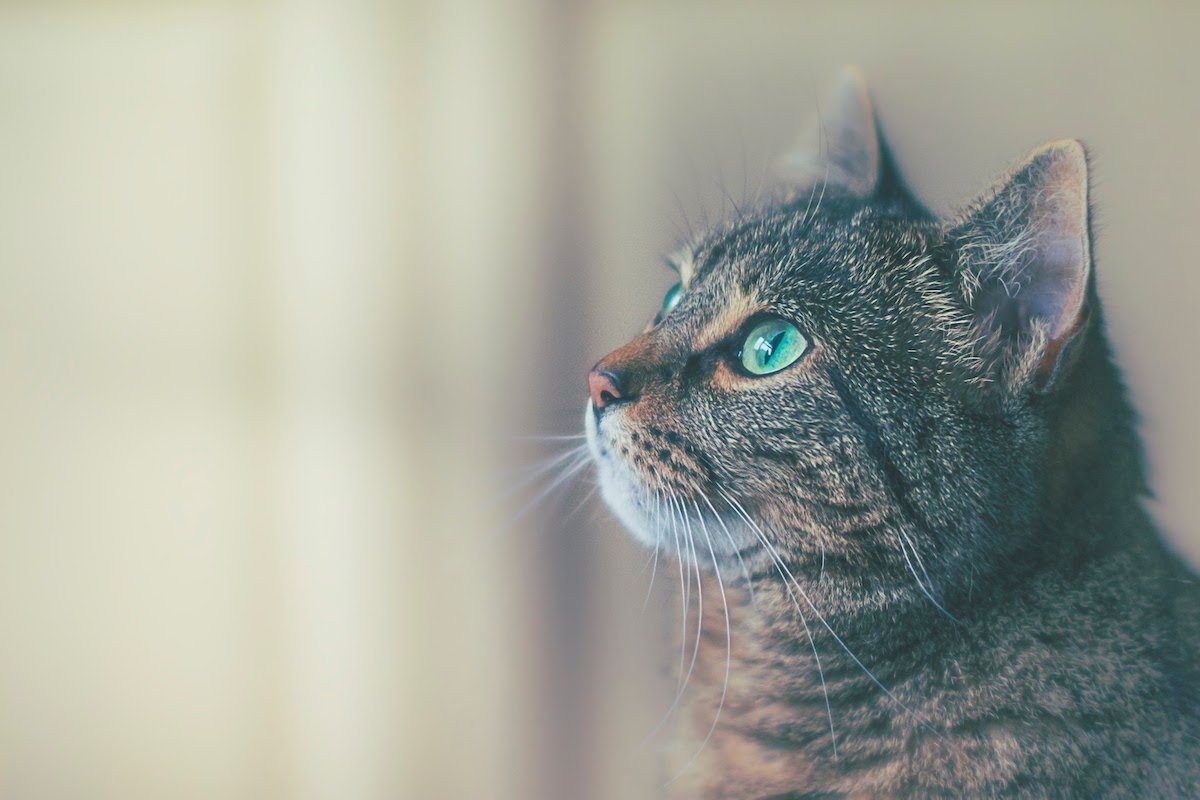
Don't know how to litter train a kitten? Our team is here to help! Read on to find out now.
Smelly cat, smelly cat? We don’t know her. Litter training a kitten is often a relatively easy process since most learn how to handle their business from their mothers. The instinct to seek out a sandy, granular area to relieve themselves and hide the evidence comes naturally. But sometimes kittens may need help getting the hang of using a box in a new environment, so here are some steps to help make their litter-training journey as pleasant as possible. In this guide, you can learn some litter box hacks and how to litter train a kitten!
Note: If your kitten is under 3 weeks old, they are too young to be litter trained. You’ll need to clean up after them like their mothers do until they’re at the age where they start weaning (around 4 weeks old).
Choosing the Right Size Box
Full-size boxes can intimidate young kittens. Researchers say the recommended litter tray size for kittens is 13 by 9 inches. As your kitten grows, so will your litter box. So remember when you size up, the litter box should always be 1.5 times larger than your kitten.
Choosing the Right Type of Litter
Out of the four main types of cat litter: clay, silica gel crystal, natural and pine cat litter,; there are many factors to consider when it comes to finding the right one for your whiskered friend. Obviously, we are a bit impartial to our own litter, but only because we truly believe in the benefits for you and your cat! With over twelve-thousand 5-star reviews, cat parents are totally obsessed.
PrettyLitter’s color-changing crystals keep tabs on your cat’s health, so you can get them help before it becomes an urgent medical situation. We love it for kittens! Especially because adoptees can often have underlying health issues that you may not be aware of right away.
Always Have an Additional Box
When litter training kittens, a rule of thumb is to always have one more litter box in relation to how many cats live in the home. If you have one cat, you should have two boxes, if you have two cats you should have three boxes, if you have multiple cats you should have one more box than cats, and so forth.

Where to Place the Boxes
As tempting as it will be to want to keep your kitten’s litter box “out of sight and out of mind”, avoid placing them in darkly-lit, hidden locations like closets or corners. Cats don’t enjoy feeling cornered when it’s time to handle their business. A quiet, well-lit area with very little foot traffic is recommended for an ideal litter box location. If you live in a place with more than one floor, then your kitten's litter box should be on at least each floor.
Show Them Around
Litter training your new kitten should happen right when you bring them home to make the transition as easy as possible. Like a real estate agent in the city, you’ve gotta show your cat the best of the best nooks and crannies of the home. Give your kitten a tour of their new place and make sure they know where the litter boxes are. Most will end up finding them on their own but a little guidance in the right direction doesn’t hurt!
Tired of your home smelling like you have a cat?
15% off PrettyLitter
Try it today Use code: PRETTYBLOG
Reward and Reinforce Good Habits
When your cat correctly uses their new litter box, give them a treat or a toy to show them they’ve done a good job! This positive reinforcement creates an association with the deed and makes it easier for your kitty to come back to the box on the next round. In order for this to work, the treat should be given right when they have left the box.
If your kitten makes a mistake in their new litter box, that’s purr-fectly okay! As a cat owner, punishment or a negative reaction like yelling at them won’t help the situation. Instead, just clean up their mess and simply do not react in any other way.
Clean Their Boxes Daily
A clean litter box is essential when litter-training your kitten. Make sure to clean up after them each time they use it, during the training period, otherwise a dirty litter box could cause an aversion to using it. As your kitten gets older, you’ll be able to clean it daily instead of after every use.
Scoop out the soiled litter as needed and replace it to maintain about 2-3 inches of depth for your kitty to dig. And if you’re using PrettyLitter, you can fur-get about litter worries - PrettyLitter has you covered. All you have to do is scoop the poop, and sift around the rest!
Litter Training Older Cats
Most of the time, adult cats are already familiar with litter-box etiquette when they come into your home. But sometimes you’ll run into a challenge if your cat was fur-merly known as an outside cat. In these cases, for litter box training, you’ll need to fill the box up with outside soil to familiarize your kitty with their new elimination station and gradually mix in the cat litter until they are used to the new surface. It’s litter-ally that easy!
Don’t be discouraged if your kitty doesn’t learn the ropes right away, just keep at it. Litter training is not at all like house-training a dog. And some paw-sitive news for you, cats naturally will prefer to do their business in a litter box or litter tray! So if at first, you don’t succeed, keeping on trying and your kitty will get it in no time!
Sources:
1. https://www.hillspet.com/cat-care/training/how-to-litter-box-train-a-kitten
2. https://www.whiskas.com/CatsCorner/Article/House-Training-Your-Cat
3. https://www.petmd.com/cat/training/evr_ct_how-to-litter-train-a-cat

Follow Us